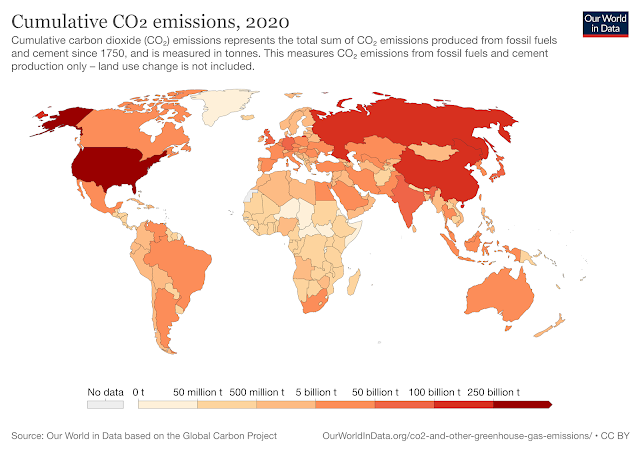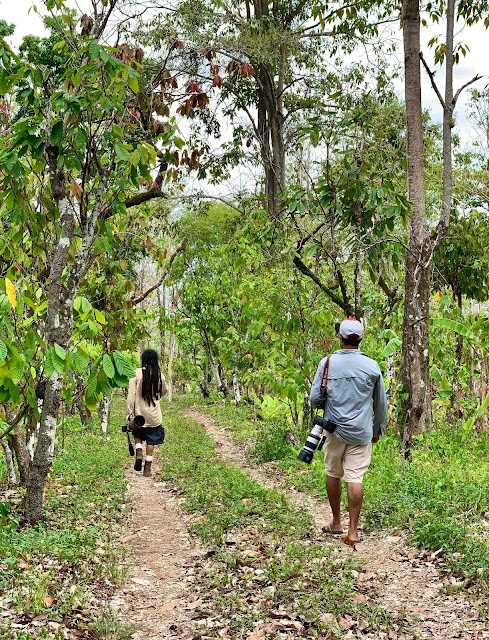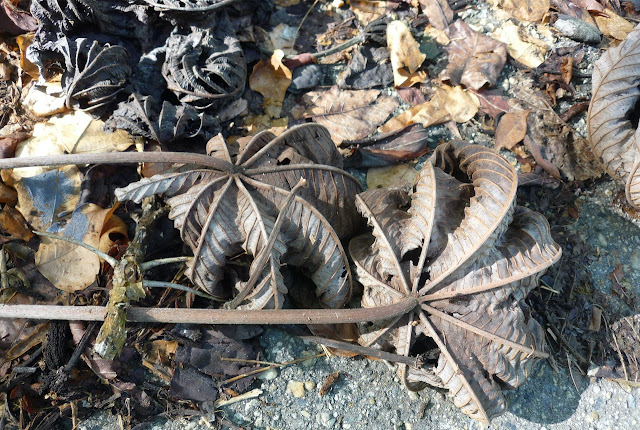Climate change, deepening the divide

The gaps between developed and developing nations, as well as between the wealthy and poor of every nation are widening as the earth’s mean temperature rises. Anjani Ganase considers recent studies that call for accountability, and wonders how Trinidad and Tobago might ensure equity among its communities. Although the climate crisis is felt at a global scale, it is the result of the emissions of carbon dioxide mainly from a handful of industrialized nations. By 2017, the USA has contributed 400 billion tonnes of accumulated carbon dioxide (since 1751) or about 25 % of the global cumulative emissions, followed by the European Union (22 % or 353 billion tonnes of CO 2 ), China (12.7 % or 200 billion tonnes), Russia (6 % or 101 billion tonnes) and India (3 % or 48 billion tonnes). Unfortunately, the impacts of climate change discriminate based on location and income. Poorer countries lack the resources for climate protection and mitigation, while tr...



